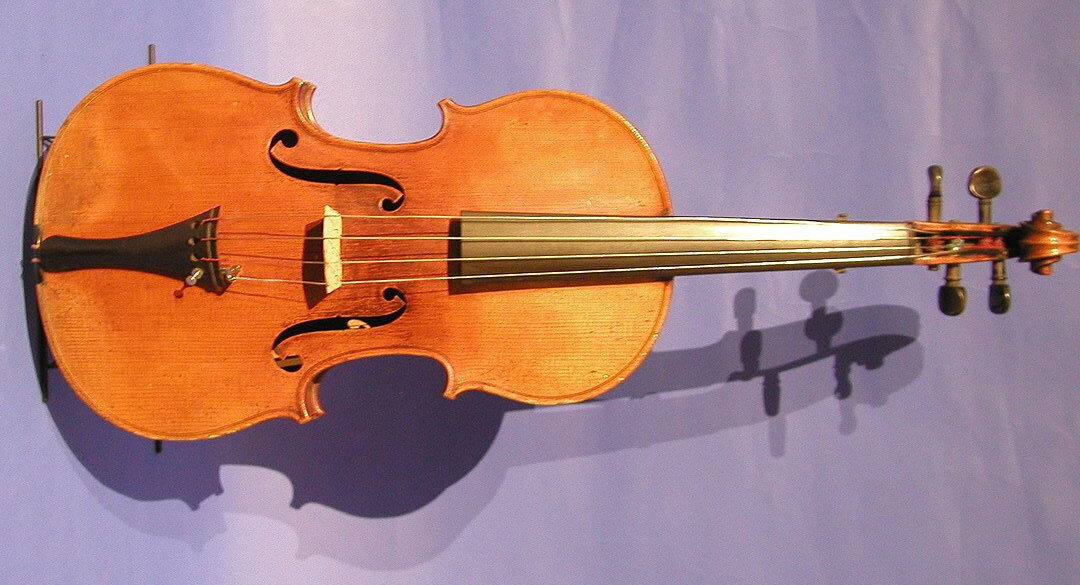Jennifer Higdon’s Viola Concerto was jointly commissioned by the Library of Congress, the Nashville Symphony, the Curtis Institute of Music, and the Aspen Music Festival. It premiered March 7, 2015 at the Thomas Jefferson Building in Washington, D.C., with conductor Robert Spano leading violist Roberto Díaz (playing a Stradivarius viola) and the Curtis Chamber Orchestra. The work won the 2018 Grammy Award for Best Classical Contemporary Composition.
Usually embedded in the orchestra, the viola is pitched between the violin and cello. In the Viola Concerto it takes center stage. Higdon made a concerted effort to make her concerto very “up” and lively, as these are qualities not normally associated with the viola and not present in many other viola concertos. Weaving virtuosic lines into the entire orchestra, she also explores the viola’s lower ranges, darker colors, and the best speeds to take the instrument. Higdon made a conscious effort to write something that, in her own words, “sounded really American,” as the concerto was commissioned by several American institutions.
Listen in the First Movement for the low, lyrical melodies in the solo viola, ethereal textures in the orchestra, and dialogues with orchestra members, including clarinet and violin. In the Second Movement, the orchestra is in “perpetual motion” reminiscent of Barber (another American composer, famous for his Violin Concerto.) The orchestra zigs and zags in dotted, jazzy, darting lines, and the percussionist has an especially virtuosic part, playing many different instruments. Movement 3 opens with a plaintive brass chorale, but returns to the themes of the second movement. Listen for a “trio” between the solo viola and principal violin and cello. After hearing this concerto, you’ll know that the viola isn’t just “a big violin!”
— D. Rosen and A. J. Edelstein
Viola Concerto
Composed in 2014
By Jennifer Higdon






